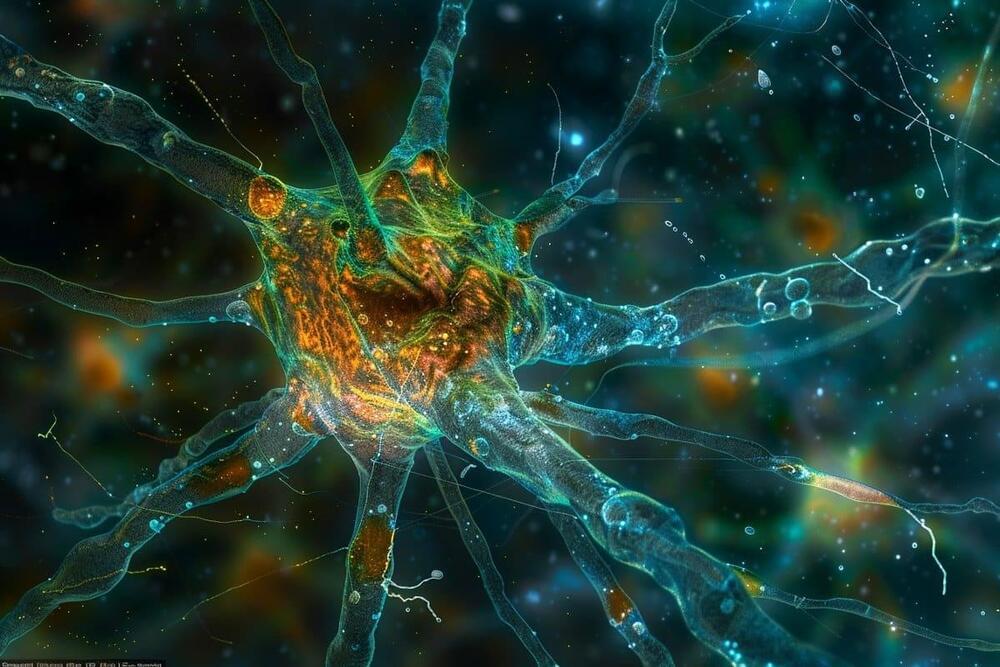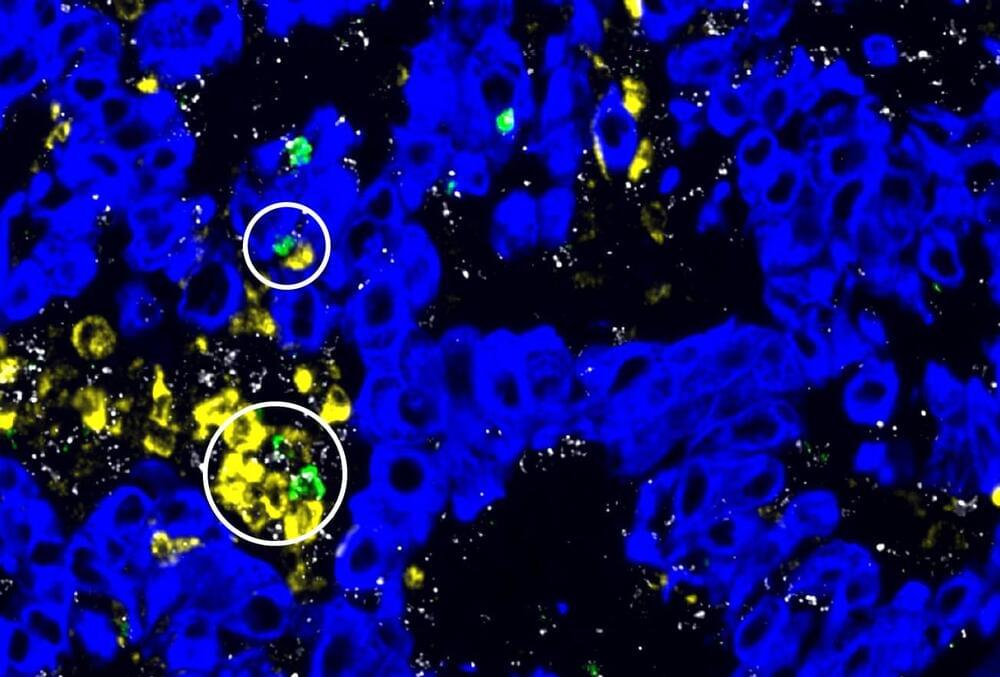CRISPR-Cas technology sparks hope for curing HIV in cell culture:
Thanks to Nobel-awarded genetic scissors the scientists cut out HIV from cells and gave hope for the future.


Researchers have made a pioneering discovery that astrocytes, cells within the central nervous system traditionally not associated with immune functions, are capable of developing what’s being called an “immune memory.” This capability…
Summary: Astrocytes, traditionally non-immune cells within the central nervous system, possess the ability to develop an immune memory, responding more vigorously to subsequent immune challenges. This groundbreaking study reveals that through an epigenetic mechanism involving the enzymes p300 and ATP-citrate lyase (ACLY), astrocytes enhance their pro-inflammatory responses, a trait similar to the immune memory seen in adaptive immunity.
The findings, which have been observed in both mouse models of multiple sclerosis (MS) and human cell samples, suggest that astrocyte immune memory may play a significant role in chronic neurological disorders, offering new insights into disease pathology and potential therapeutic targets to mitigate CNS inflammation.

Through Broad’s Scientists in the Classroom program, Broad researchers visit every 8th grade classroom in Cambridge each year to talk about genetics and evolution.
Every summer, 18 high school students spend six weeks at Broad working side-by-side with mentors on cutting-edge research.
In November 2022, Broad’s Genomics Platform sequenced its 500,000th whole human genome, a mere four years after sequencing its 100,000th.
Join us on Patreon! https://www.patreon.com/MichaelLustgartenPhDDiscount Links: Epigenetic, Telomere Testing: https://trudiagnostic.com/?irclickid=U-s3Ii2r7x…

The field of aging research has made significant progress over the last three decades, reaching a stage where we now understand the underlying mechanisms of the aging process. Moreover, the knowledge has broadened to include techniques that quantify aging, decelerate its process, as well as sometimes reverse aging.
To date, twelve hallmarks of aging have been identified; these include reduced mitochondrial function, loss of stem cells, increased cellular senescence, telomere shortening, and impaired protein and energy homeostasis. Biomarkers of aging help to understand age-related changes, track the physiological aging process and predict age-related diseases [1].
Longevity. Technology: Biological information is stored in two main ways, the genomes consisting of nucleic acids, and the epigenome, consisting of chemical modifications to the DNA as well as histone proteins. However, biological information can be lost over time as well as disrupted due to cell damage. How can this loss be overcome? In the 1940s, American mathematician and communications engineer Claude Shannon came up with a neat solution to prevent the loss of information in communications, introducing an ‘observer’ that would help to ensure that the original information survives and is transmitted [2]. Can these ideas be applied to aging?

Essential tremor is a movement disorder that causes involuntary, rhythmic shaking (tremor), especially in the hands. It is distinguished from tremor that results from other disorders or known causes, such as Parkinson’s disease or head trauma. Essential tremor usually occurs alone, without other neurological signs or symptoms. However, some experts think that essential tremor can include additional features, such as mild balance problems.
Essential tremor usually occurs with movements and can occur during many different types of activities, such as eating, drinking, or writing. Essential tremor can also occur when the muscles are opposing gravity, such as when the hands are extended. It is usually not evident at rest.
In addition to the hands and arms, muscles of the trunk, face, head, and neck may also exhibit tremor in this disorder; the legs and feet are less often involved. Head tremor may appear as a “yes-yes” or “no-no” movement while the affected individual is seated or standing. In some people with essential tremor, the tremor may affect the voice (vocal tremor).


Exploring the cutting edge of genetic engineering, the development of programmable recombinases and zinc finger domains is ushering in a new era of precision in DNA manipulation. These advances enable precise genomic alterations, from single nucleotide changes to the insertion of large DNA segments, potentially transforming the landscape of therapeutic gene editing and opening new possibilities in personalised medicine.


The new findings could lead to better treatments for rheumatoid arthritis, lupus and other inflammatory diseases – and may even help us slow aging.
Researchers have discovered how “leaky” mitochondria can drive harmful inflammation responsible for diseases such as lupus and rheumatoid arthritis. Scientists may be able to leverage the findings to develop better treatments for those diseases, improve our ability to fight off viruses and even slow aging.
The new discovery reveals how genetic material can escape from our cellular batteries, known as mitochondria, and prompt the body to launch a damaging immune response. By developing therapies to target this process, doctors may one day be able to stop the harmful inflammation and prevent the toll it takes on our bodies.